The Feb. 19 edition of Greasy Tracks featured a tribute to legendary drummer Howard Grimes who passed away Feb. 12 at 80.
Check out the archive by clicking here for an archive, while a playlist is here.
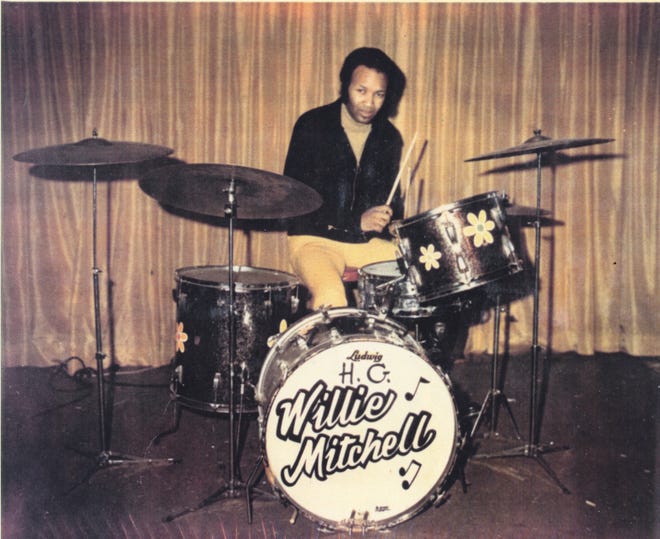
In addition to spotlighting music that Grimes was involved in recording, there were interviews with members of the Hi Rhythm Section, including keyboardist Rev. Charles Hodges and bassist Leroy Hodges; drummer Gene Chrisman, a contemporary of Grimes’ who was part of the crack studio band known as “The Memphis Boys” at American Sound Studio; Grammy Award-winning author/documentarian Robert Gordon; drummer Danny Banks , a Grimes protégé; and trumpet player Marc Franklin who played with Grimes in the The Bo-Keys.
Known as “The Bulldog,” Grimes provided the backing for the first hits out of Satellite Records — the precursor to Stax Records — and later, was part of the Hi Rhythm Section about a mile away at Willie Mitchell’s Royal Studios where Al Green, OV Wright, Ann Peebles, Syl Johnson and Otis Clay, amongst others, held historic recording sessions with Grimes playing a key role.
In 1959, at the suggestion of Rufus Thomas — noted singer/performer, former disc jockey and veteran raconteur – who had recently charted with a single on Memphis’ Sun Records, Grimes turned up a session Thomas was doing at Satellite Records, a converted movie theater in south Memphis.
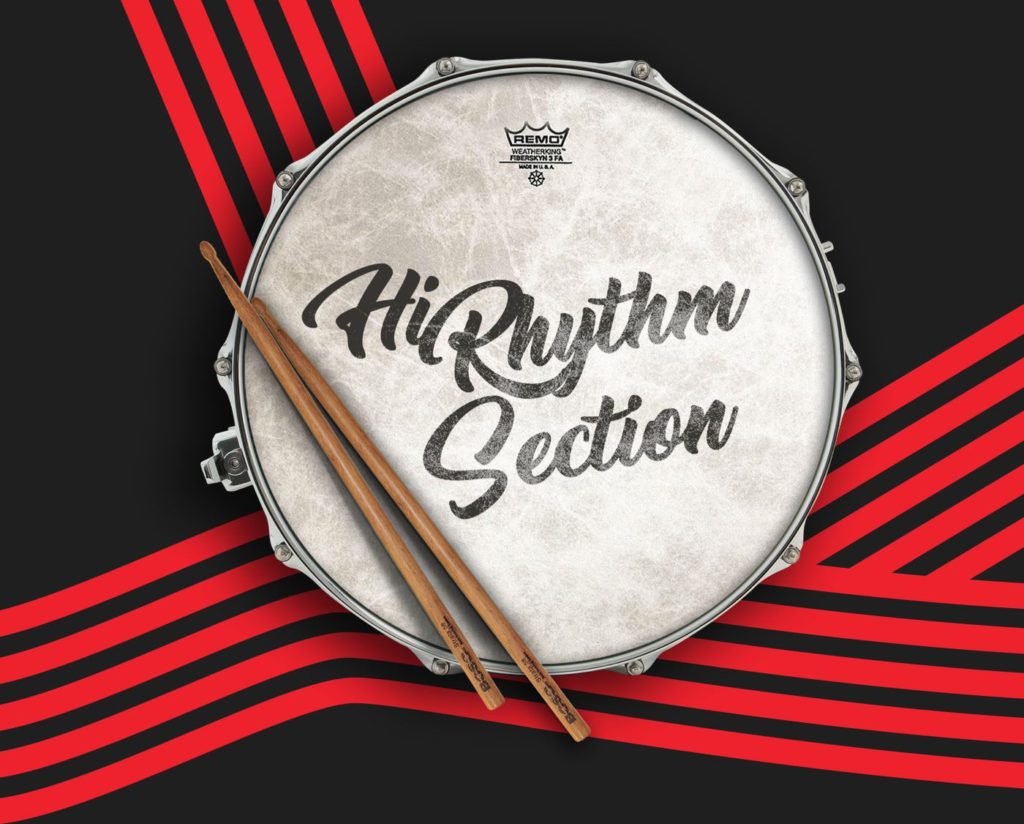
Influenced by Gene Krupa, Grimes took up the drums at a young age and by his early teens, was regularly getting gigs in clubs around Memphis.
Singing with Thomas in the session was his then-17-year-old daughter, Carla. His son, Marvell, 18, was on piano. Rounding out the backing band was Steve Cropper (guitar), Lewie Steinberg (bass) and a baritone saxophone player, Booker T. Jones, who got out of an 11th grade algebra class with a hall pass given to him by David Porter.
Grimes, 17 at the time, and the hastily assembled band recorded the duo doing the Rufus Thomas-penned “Deep Down Inside,” but the producers urged them to cut a “B” so they put out the single. This led Rufus Thomas to pen “Cause I Love You” right in the studio and the track was recorded that day. In 1960, it o on to be the first regional hit for Satellite which soon became Stax Records.
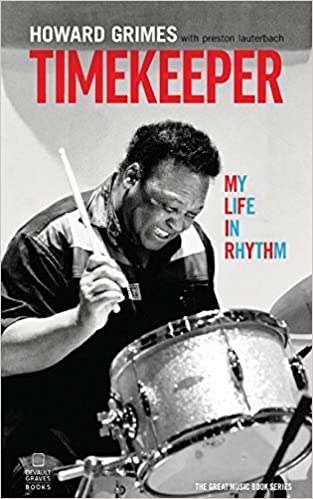
Coincidentally, Crooper, Steinberg and Jones ultimately formed Booker T & the MGs and Porter later teamed up with Isaac Hayes and became one of the top songwriters at Stax. Grimes was getting a bit of mentoring at this time from Al Jackson, Jr., who often split sessions with Grimes at Stax and for producer Willie Mitchell at Royal Studios.
Mitchell, a fan of each drummer, felt Grimes was going to be a key part for what would eventually become the Hi Rhythm Section and go on to record some of the biggest hits in southern soul.
In 2021, Grimes and noted Memphis author Preston Lauterbach collaborated on Timekeeper: My Life in Rhythm (Devault Graves Books). In it, Grimes wrote: “My beat is the backbone of the Memphis sound. The rhythm of this city runs through my heart.”

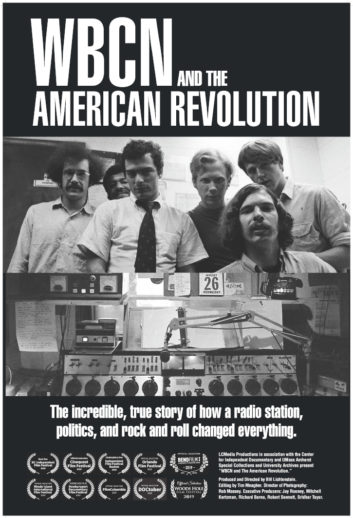
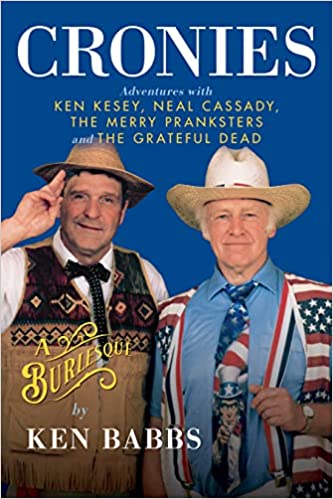
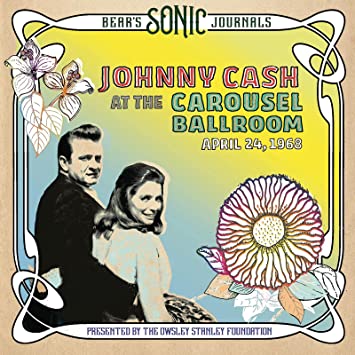
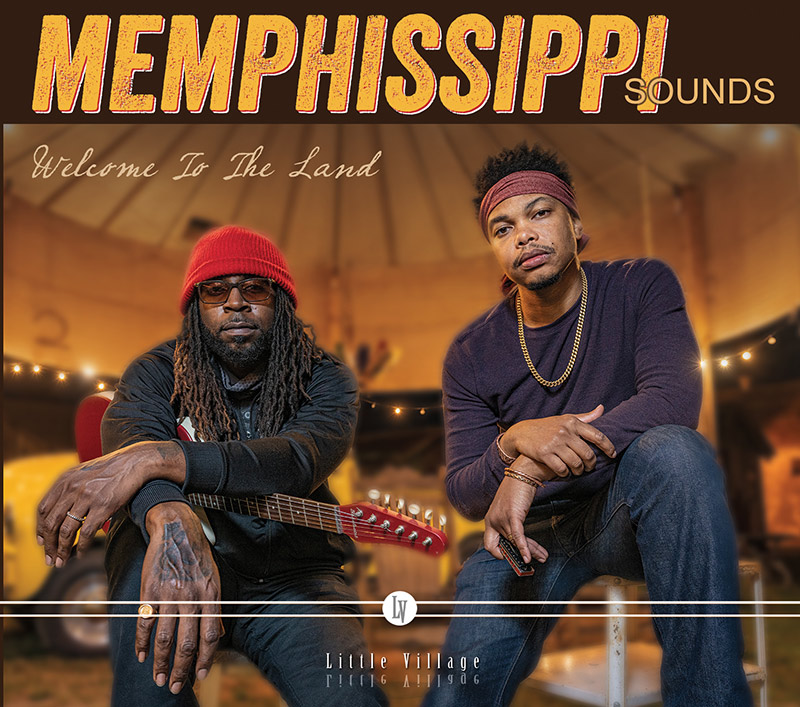
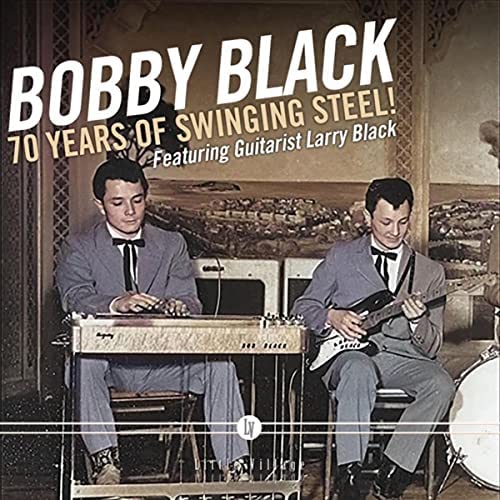

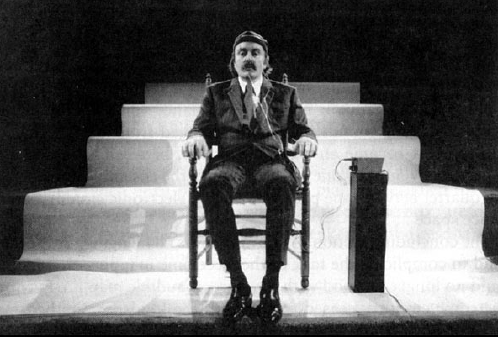
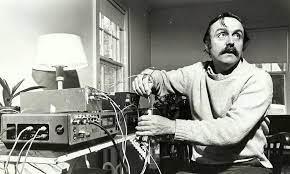
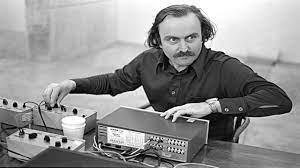
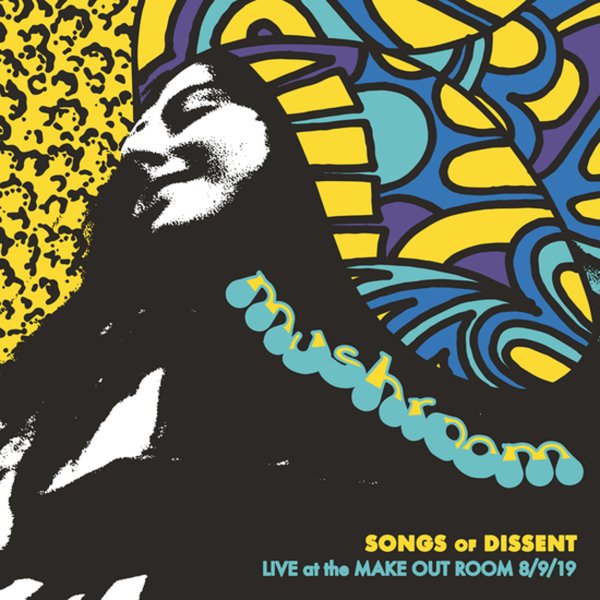
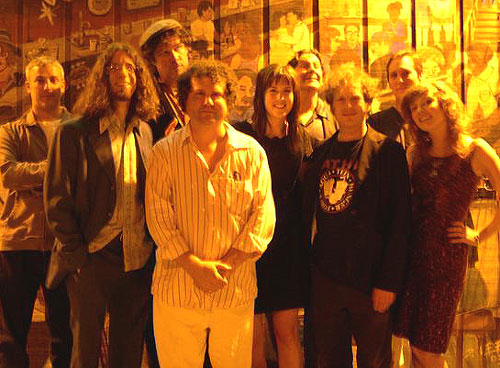
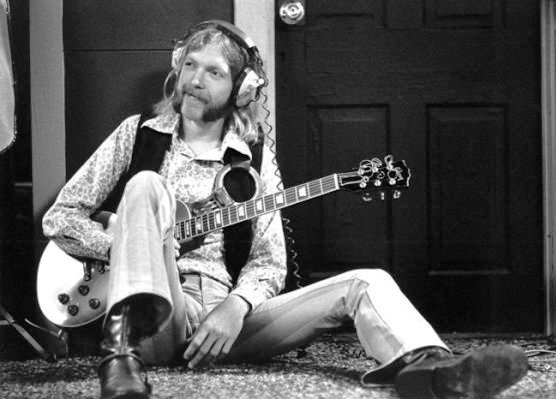
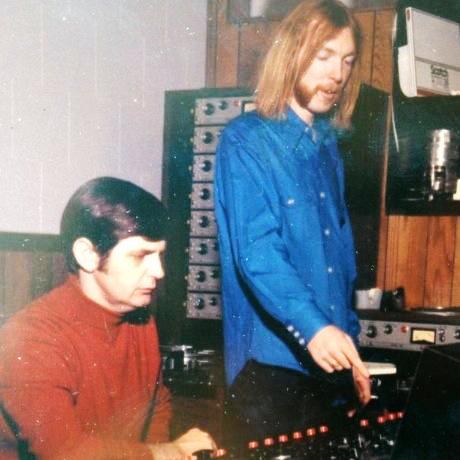
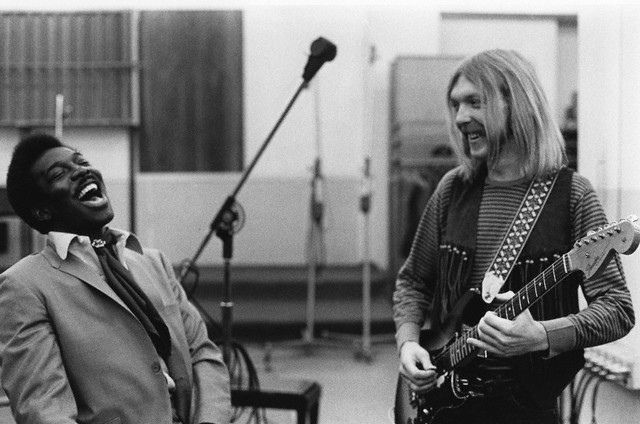
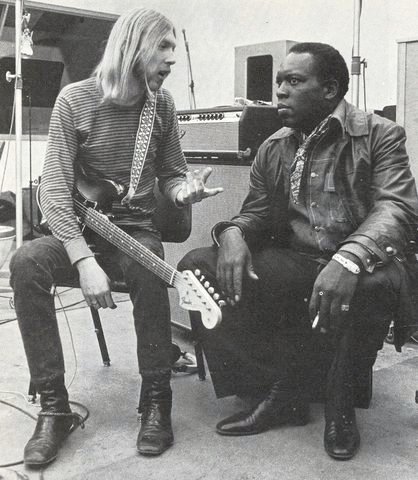
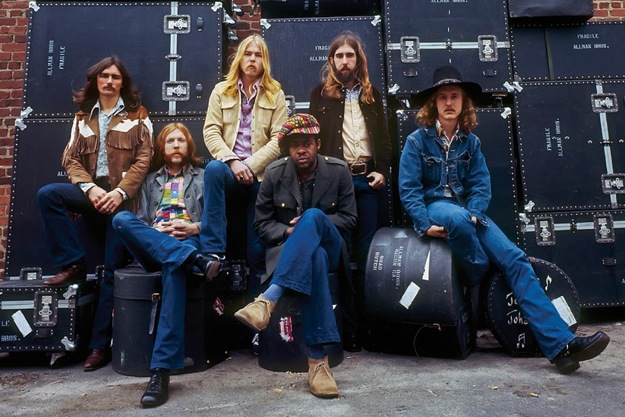

[…] led to a longer-term endeavor keeping the music of the Allmans live on stage. Paul recently was on WRTC…